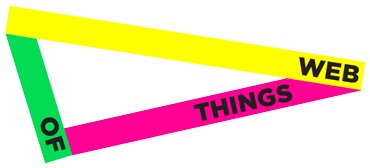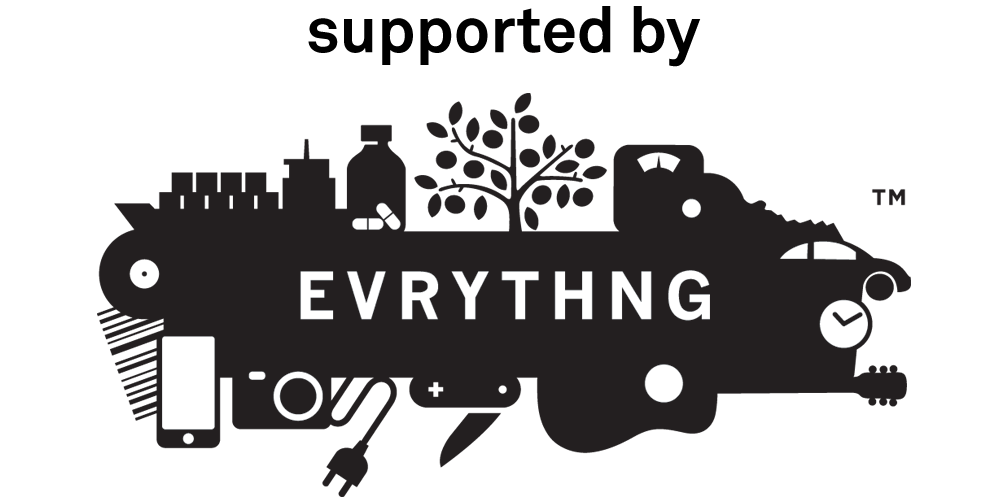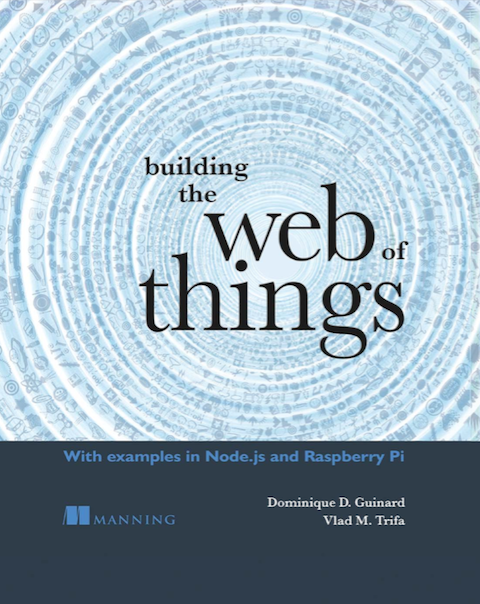EPC Cloud: Simplifying the Internet of Things Thanks to Web Patterns: Cloud Computing & REST (Part 1/3)
Part 1: Cloud & REST | Part 2: HTML5 WebSockets | Part 3: Physical Mashups Since last summer, I had the chance to work at the MIT Laboratory for Manufacturing and Productivity (LMP) in the Auto-ID Labs sub-group, working with the lab associate director Christian Floerkemeier and Prof. Sanjay Sarma. Six month after the beginning of the project we reached a fist milestone and thought it would be good to wrap up what we did there. The idea of the project is to study how Web and Web of Things blueprints (i.e., architectural patterns) can help to foster the adoption...










